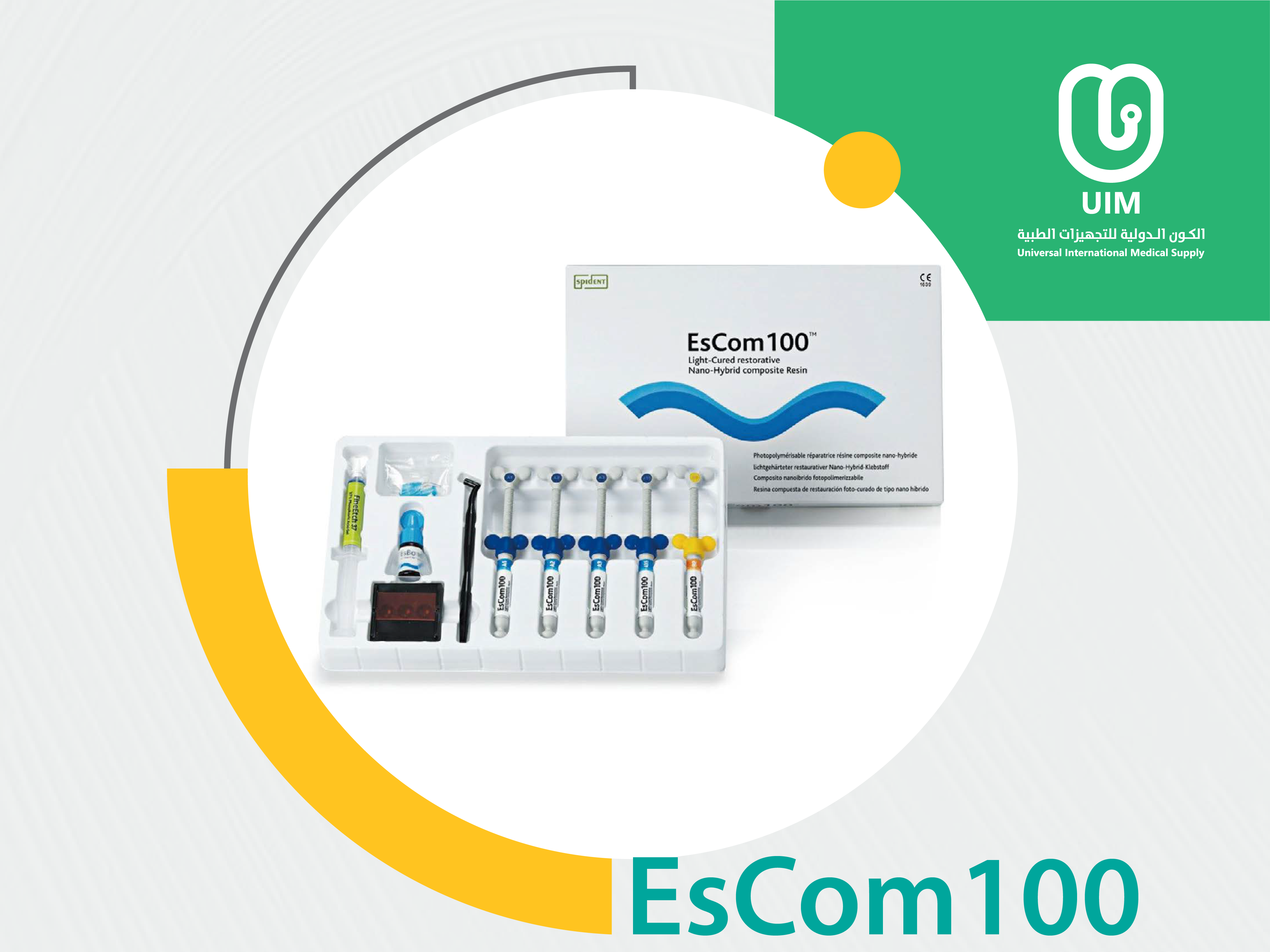
The Future of Restorative Dentistry Dental composites, often referred to simply as composites or resin-based composites, have revolutionized restorative dentistry over the past few decades. These versatile materials are primarily used for filling cavities, repairing fractured teeth, and enhancing the aesthetic appearance of smiles.
Composites offer a unique combination of strength, flexibility, and aesthetics, making them a popular choice among dentists and patients alike. What is Dental Composite? Dental composite is a tooth-colored material composed of a resin matrix and inorganic filler particles. The resin matrix is typically made from bisphenol A-glycidyl methacrylate (Bis-GMA) or urethane dimethacrylate (UDMA), which provide the composite with its moldable properties. The inorganic fillers, such as glass or silica, enhance the composite’s strength and wear resistance. Additionally, dental composites contain coupling agents to improve the bond between the resin and fillers, and initiators/accelerators to control the setting reaction.
Advantages of Dental Composites
- Aesthetic Appeal: One of the most significant advantages of dental composites is their ability to mimic the natural appearance of teeth. Available in various shades, composites can be closely matched to the patient’s natural tooth color, ensuring a seamless blend
- Minimally Invasive: Composite restorations require the removal of less tooth structure compared to traditional amalgam fillings. This conservative approach preserves more of the natural tooth, contributing to its long-term health and strength.
- Versatility: Dental composites are highly versatile and can be used for a wide range of restorative procedures, including filling cavities, repairing chipped or broken teeth, and even cosmetic enhancements such as veneers.
- Bonding Strength: Composites bond chemically to the tooth structure, providing strong adhesion that can enhance the overall strength of the restored tooth
- Repairability: Unlike some other restorative materials, composites can be easily repaired if they become damaged or worn over time.
Disadvantage of Dental Composites:
- Technique Sensitivity: The success of composite restorations heavily depends on the dentist’s skill and technique. Proper isolation from moisture and meticulous layering are crucial for achieving optimal results.
- Wear Resistance: Although composites have improved significantly in terms of durability, they may still wear down faster than amalgam or ceramic restorations, especially in high-stress areas.
- Cost: Composite restorations can be more expensive than traditional amalgam fillings,

Great article! I really appreciate the clear and detailed insights you’ve provided on this topic. It’s always refreshing to read content that breaks things down so well, making it easy for readers to grasp even complex ideas. I also found the practical tips you’ve shared to be very helpful. Looking forward to more informative posts like this! Keep up the good work!